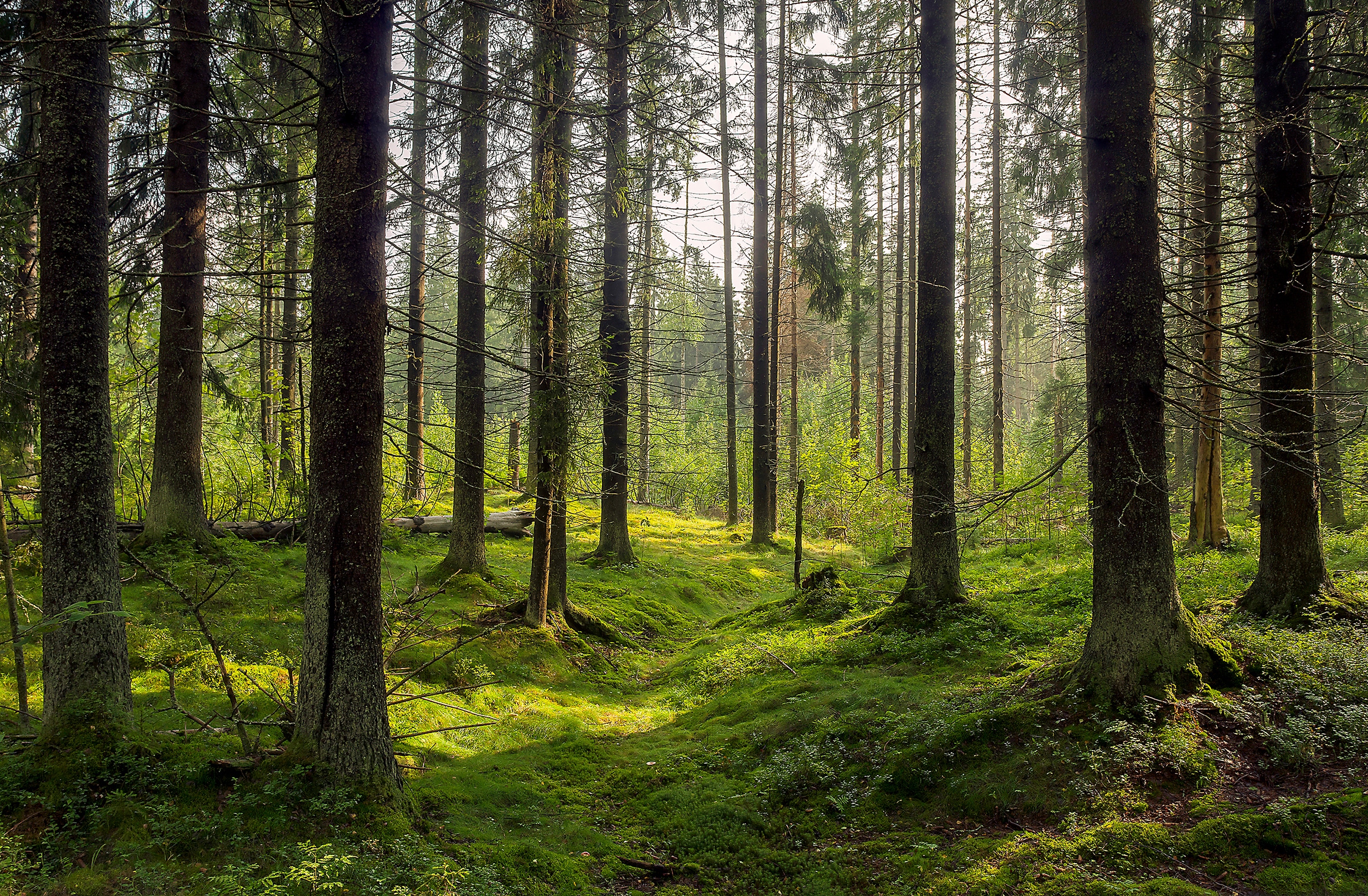Trees
The 4 Most Important Facts Why Replanting Trees Isn’t Always Good For The Planet
Replanting trees has become a popular way to fight deforestation and climate change. However, potential drawbacks and unintended consequences must be considered. Replanting trees may seem like an obvious solution, but it is not always the best alternative. Important facts stand on why replanting trees isn’t always good for the planet.
- Planting non-native trees.
- Impact on local communities.
- Monoculture.
- Carbon sequestration impact.
- Consider what is underground
It’s important to note that some environments where we don’t see trees still have a lot of biodiversity below the surface. Planting trees in such areas (like prairies and marshlands) can be very damaging to the environment.
One crucial factor to consider when replanting trees is the type of trees being planted. While planting new trees can be a good idea, choosing the proper species for each environment is essential.
According to a United Nations Food and Agriculture Organization report, planting non-native tree species can have negative consequences, including altered ecosystems and decreased biodiversity. This is why it’s important to plant native trees well-suited to the local environment, as they are more likely to thrive and support the surrounding ecosystem.
Another crucial factor to consider when replanting trees is the impact on local communities. While reforestation can have many positive benefits, involving local communities and respecting their needs and rights is important.
As a report by the Forest Peoples Program highlights, “many reforestation projects have been imposed on communities, without their free, prior, and informed consent, or adequate recognition and protection of their land rights.” This can lead to conflicts and unintended negative consequences, including displacement and loss of livelihoods.
In addition to these factors, there are other important considerations when replanting them. One key issue is the potential for monoculture: planting a single species over a large area.

While this may seem like an efficient approach, it can have negative consequences, such as decreased biodiversity and resilience to environmental change. It’s important to prioritize a diverse mix of tree species when replanting to have a healthy and resilient ecosystem.
Another important consideration is the impact of replanting trees on carbon sequestration. While planting them is often seen as a way to absorb carbon dioxide from the atmosphere and combat climate change, the effectiveness of this approach can vary depending on several factors.
As a report by the Center for International Forestry Research notes, “planting them in previously not forested areas can affect carbon sequestration absorption, as these trees will take decades to mature and fully sequester significant amounts of carbon”.
So, while replanting them is an important strategy to combat deforestation and climate change, it’s essential to consider the specific circumstances and potential consequences. Planting native species, involving local communities, and prioritizing diversity, are all essential factors to consider for replanting trees effectively and sustainably. As well as adopting a long-term approach to avoid affecting carbon sequestration.
This doesn’t mean we should stop replanting trees altogether. Instead, it’s vital to approach reforestation thoughtfully and strategically. As individuals, we can also play a role by supporting reforestation efforts and making conscious choices in our daily lives to reduce our impact on the environment. Together, we can protect our planet for future generations.
What Can You Do Besides Replanting Trees?

- Reduce paper consumption: One of the biggest drivers of deforestation is the demand for paper products. This can be done by printing less, using electronic documents, and recycling paper.
- Choose sustainable products: Always prefer products that are sustainably produced and – in the case of the wood industry – sourced.
- Be well-informed and do your due diligence before donating to a reforestation program.
- Advocate for policy change: Governments have a crucial role in combating deforestation, and individuals can advocate for policies that protect forests and reduce this environmental issue.
To sum up, replanting them without the proper knowledge to do it right can be more harmful than good for the planet. There are some ways of protecting the Earth and its biodiversity. Get information, learn more about the topic, and contribute to environmental conservation. The Earth needs you!















